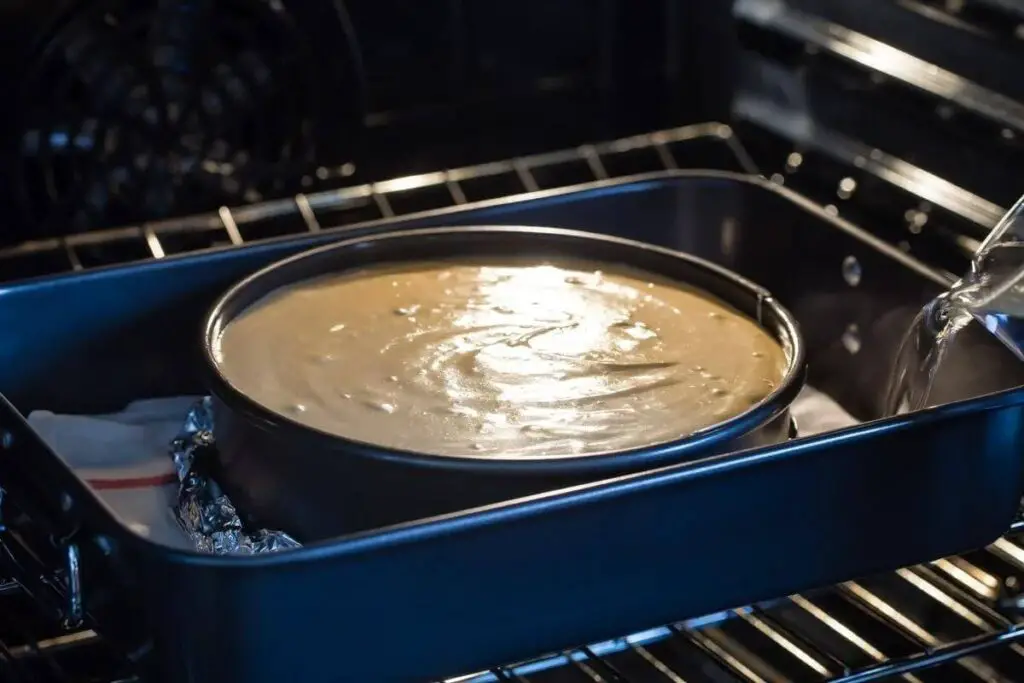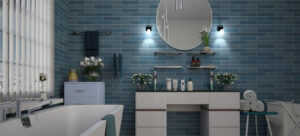1. Introduction
In the world of baking, two cooking techniques often mystify aspiring bakers: water bath baking and steam bath baking. These methods are used to create moist and evenly cooked dishes, from delicate desserts to savory delicacies. But what exactly do these terms mean, and how do they differ? This article aims to demystify the concepts of steam bath and water bath baking, highlighting their differences, uses, benefits, and providing insight into when to apply each technique.
2. The Science Behind Baking
Before diving into the specifics of water bath and steam bath baking, it’s essential to understand the fundamental science behind baking. Baking involves the use of dry heat to cook food in an enclosed space, leading to the caramelization of sugars and the Maillard reaction, which imparts unique flavors and textures to the dish.
3. What is a Water Bath Baking Method?
Water bath baking, also known as a bain-marie, involves placing a dish within a larger pan filled with hot water. This method is commonly used for custards, cheesecakes, and delicate egg-based desserts. The surrounding hot water creates a gentle and consistent heat, preventing the dessert from curdling or cracking during baking.
4. How to Use Water Bath Baking

To use the water bath method, follow these steps:
- Prepare your dessert in a dish suitable for baking.
- Place this dish in a larger baking pan.
- Add hot water to the larger pan, filling it up to about halfway the height of the dessert dish.
- Bake as directed in your recipe.
5. Benefits of Water Bath Baking
Water bath baking offers several benefits, including:
- Even and gentle cooking.
- Reduced risk of dessert cracking.
- Moist and creamy textures.
- Enhanced flavor development.
6. Common Recipes Using Water Bath Baking
Popular dishes prepared using the water bath method include:
- Classic New York cheesecake.
- Creme brulee.
- Flan.
- Bread pudding.
7. What is Steam Bath Baking?
Steam bath baking involves introducing steam into the baking process to create a moist cooking environment. Unlike water bath baking, the dessert is not directly immersed in water. This technique is ideal for bread and other baked goods that require a crisp crust and a tender interior.
8. How to Use Steam Bath Baking
To use steam bath baking, follow these steps:
- Preheat your oven to the desired temperature.
- Place a pan of boiling water on the lower rack of the oven.
- Bake your bread or baked goods on a higher rack in the oven.
9. Benefits of Steam Bath Baking
Steam bath baking provides the following benefits:
- Improved crust development.
- Soft and airy interior.
- Delayed crust formation for better oven spring.
- Enhanced flavor and aroma.
10. Common Recipes Using Steam Bath Baking
Recipes that can benefit from steam bath baking include:
- Artisan bread.
- French baguettes.
- Soft dinner rolls.
- Pretzels.
11. When to Use Water Bath vs. Steam Bath Baking
Knowing when to use each technique is crucial. Water bath baking is ideal for desserts requiring a moist and creamy texture, while steam bath baking is suitable for bread and baked goods that need a crisp crust and a soft interior.
12. Tips for Successful Baking
- Always follow a trusted recipe.
- Use high-quality ingredients.
- Preheat your oven for consistent results.
- Experiment with these techniques to find what works best for your dishes.
13. Overcoming Challenges
Baking can be challenging, but practice makes perfect. Don’t be discouraged by occasional mishaps; they are a part of the learning process.
14. Conclusion
In the world of culinary arts, understanding the differences between water bath and steam bath baking is essential for creating delightful dishes. Both techniques have their unique benefits and applications. Mastering them will elevate your culinary skills and allow you to create a wide range of delicious baked goods.
15. Frequently Asked Questions
1. Can I use a water bath for bread baking?
- No, water bath baking is not suitable for bread. Use steam bath baking for bread and similar baked goods.
2. Can I use steam bath baking for cheesecake?
- While it’s possible, water bath baking is the recommended method for cheesecakes.
3. How do I prevent my water bath from leaking into the dessert dish?
- Ensure the dessert dish is tightly wrapped with aluminum foil to prevent water from seeping in.
4. Can I combine water bath and steam bath baking for certain recipes?
- In some cases, a combination of both methods may yield unique results. Experiment cautiously.
5. What are the general temperature settings for water bath and steam bath baking?
- Temperatures may vary depending on the recipe, but water bath baking often occurs at lower temperatures than steam bath baking.



